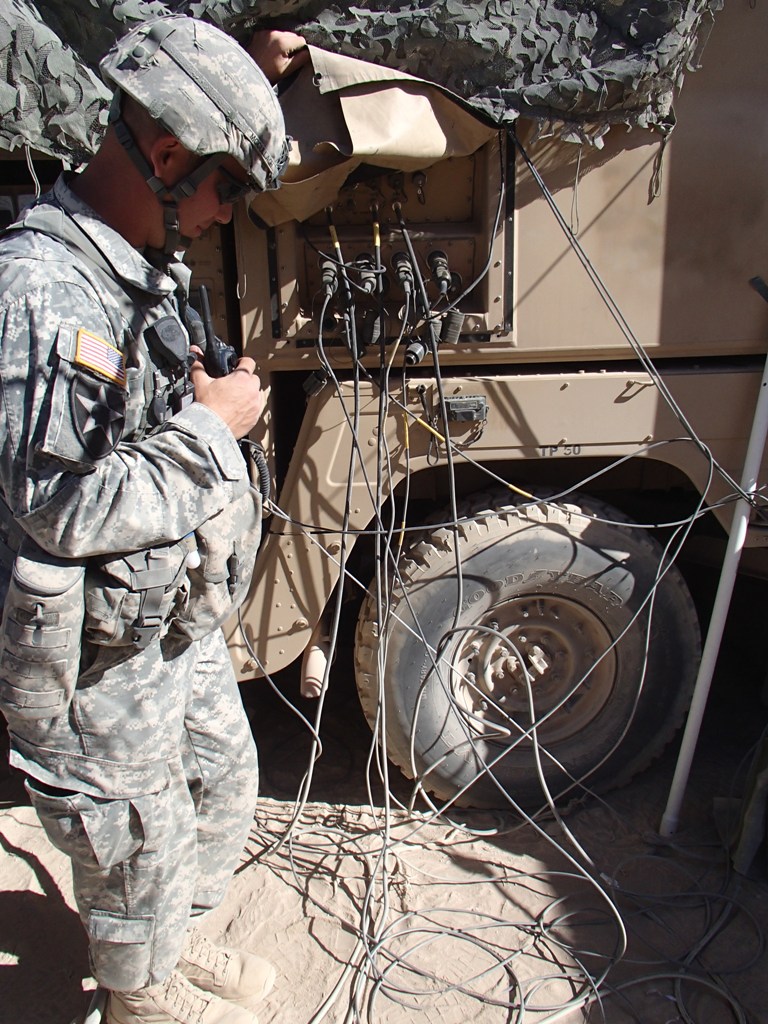Installing, operating, and maintaining a modern tactical signal network is not an easy task and yet we expect our operators to be proficient at it. While this is by no means an unrealistic goal, it is one that requires work and training at home station before going to the field. This is part three of a series of posts concerning the network trends that I regularly see here at the National Training Center as units pass through on rotation.
Trends from the National Training Center Part 2- Network Management
Managing the network is one of the key responsabilities of the Brigade Network Technician. It is critical that NETOPS is always aware of the status of the network and how it is performing in order to proactively identify problems and fully optimize the network. This is part two of a series of posts concerning the network trends that I regularly see here at the National Training Center as units pass through on rotation.
Trends from the National Training Center Part 1- Network Planning
As an Observer, Coach, Trainer (OC/T) here at the National Training Center, we have two primary jobs. The first one is to observe (watch what you’re doing), coach (give you that little nudge to help you through something that you may not be comfortable with, and train (teach you the stuff that you just haven’t »
Standardizing the LAN
Tactical networks are an ever changing beast. Links come and go frequently as units maneuver across the battlefield. Likewise, the BCT Main is a mobile headquarters that needs to be able to quickly setup and tear down in order to move to the next location. Having a standardized LAN setup can greatly reduce the amount of time required to reestablish the Main each time it moves, and greatly aid in troubleshooting after it has been established.
Default Passwords
Information Assurance (IA) is not an easy. Attackers continually find new and innovative ways to attack our systems and bypass the security controls that we have put in place. We put elaborate controls in place to ensure that any attacker will at least have to work in order to get into our systems only to have all of our time and effort wasted because of a default password.
How to build your lab when you’re broke
As a network technician it is important to be able to continually practice your job, learn new things, and work to optimize the network when it’s in use. In a perfect world we would have a fully functioning lab environment where we can duplicate the tactical network, experiment, and roll out configuration changes in a controlled environment to see what effect they will have on the real thing. Unfortunately, that is not the case.
The Lost Art of Legacy Equipment: LOS & the SMART-T in a Decisive Action Rotation
The below is a copy of an article I wrote for the Center for Army Lessons Learned (CALL) talking about the common trend we have seen at NTC with units attempting to use legacy equipment (in this case High Capacity Line-of-Sight (HCLOS) and SMART-T specifically) in a decisive action (DA) environment.






